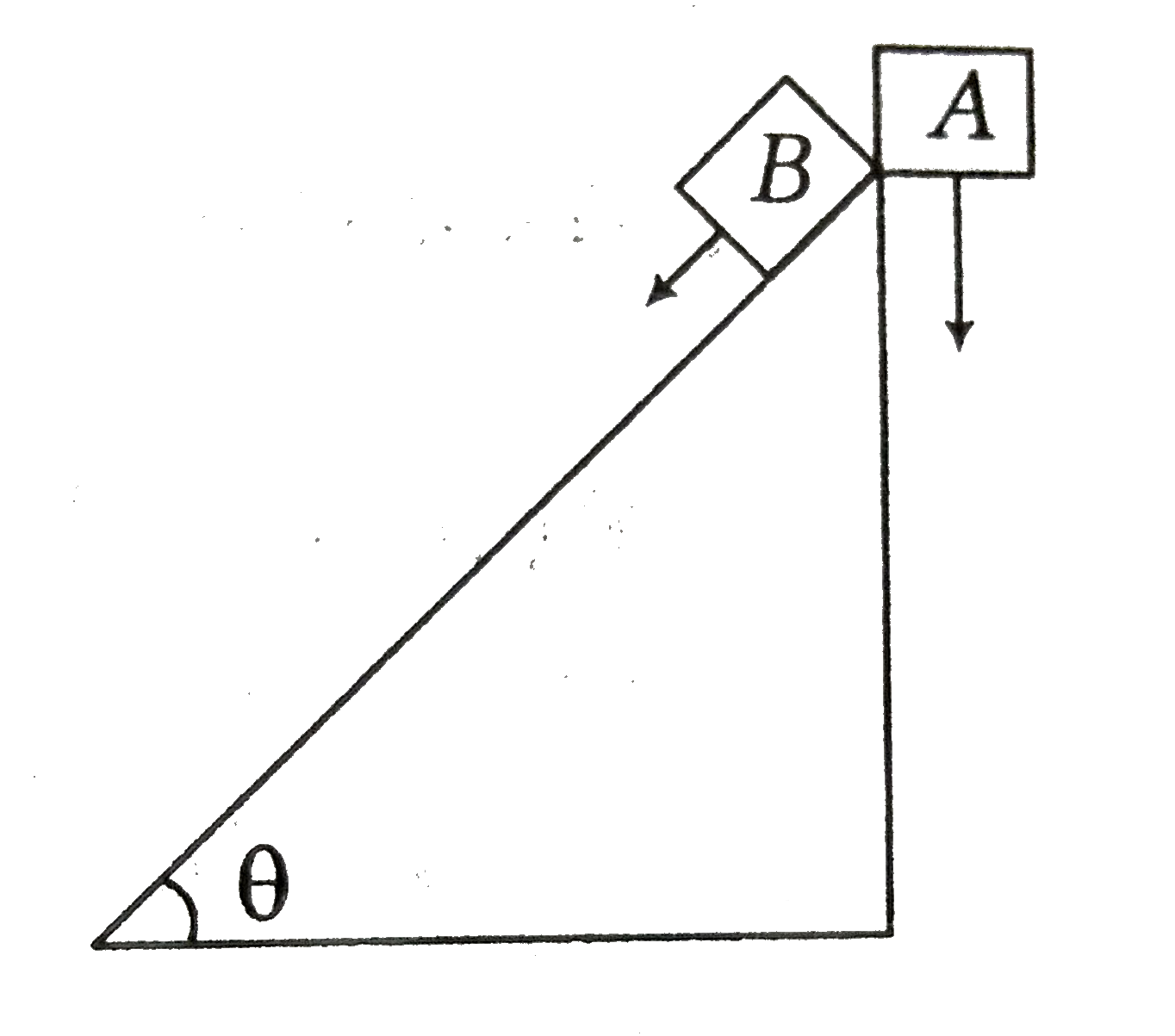Assertion. Second infection of the same pathogen is quickly eliminated.
Reason. Preformed memory B and T-cells elicit a quick and vigorous attack on pathogens.
If both A and R are true and R is the correct explanation of A.
If both A and R are true but R is not the correct explanation of A.
If A is true but R is false.
If both A and R are false.
The correct Answer is:A
Step by step video, text & image solution for Assertion. Second infection of the same pathogen is quickly eliminated. Reason. Preformed memory B and T-cells elicit a quick and vigorous attack on pathogens. by Biology experts to help you in doubts & scoring excellent marks in Class 12 exams.
Topper's Solved these Questions
- BOOK - PRADEEPCHAPTER - HUMAN HEALTH AND DISEASEEXERCISE - PRACTICE QUESTIONS I. Multiple Choice Questions149videos
HUMAN HEALTH AND DISEASE
- BOOK - PRADEEPCHAPTER - EVOLUTIONEXERCISE - Practice Question (Assertion -Reason )35videos
EVOLUTION
- BOOK - PRADEEPCHAPTER - MICROBES IN HUMAN WELFAREEXERCISE - PRACTICE QUESTIONS (ASSERTION-REASON TYPE QUESTIONS )12videos
MICROBES IN HUMAN WELFARE
Similar Questions
Assertion : Mycoplasmas are pathogenic in animals and plants.
Reason : Mycoplasmas lack cell wall and can survive without oxygen.View Solution(a) If a patient is advised anti-retroviral drug, name the possible infection he/she is likely to be suffering from. Name the causative organism.
(b) How do vaccines prevent subsequent microbial infection by the same pathogen?
(c) How does a cancerous cell differ from a normal cell?
(d) Many microbial pathogens enter the gut of humans along with food. Name the physiological barrier that protects the body from such pathogens.View Solution
Knowledge Check
- Question 1 - Select One
Assertion : Subsequent encounter with the same pathogen elicits a highly intensified anamnestic response.
Reason : This is based on the fact that our body appears to have memory of the first encounter.AIf both assertion and reason are true and reason is the correct explanation of assertion.BIf both assertion and reason are true but reason is not the correct explanation of assertion.CIf assertion is true but reason is false.DIf both assertion and reason are false. - Question 2 - Select One
Assertion. Interferons help eliminate viral infections.
Reason. Interferons released by infected cells, reach the nearby uninfected cells and make them resistant to viral infection.AIf both A and R are true and R is the correct explanation of A.BIf both A and R are true but R is not the correct explanation of A.CIf A is true but R is false.DIf both A and R are false. - Question 3 - Select One
Consider the following four statements (a-d) and select the option which includes all the correct ones only:
a) B-lymphocytes forms cellular barrier of innate immunity.
b) HLA antigens are called as transplantation antigens
c) Subsequent encounter with the same pathogen elicits a highly intensified anamnestic response.
d) Interferons protect non-infected cells from further viral infection.AStatements, b, c, dBStatements b, cCStatements c, dDStatements a, c, d
These questions consists of two statements each printed as Assertion and Reason. While answering these question you are required to choose any one of the following five reponses
(a) If both Assertion and Reason arecorrect and Reason is the correct explanation of Asserrtion.
(b) If both Assertion and Reason are correct but Reason is not the correct explanation of Assertion.
(c ) If Assertion is true but Reason is false.
(d) If Assertion is false but Reason is true.
Assertion An object A is dropped from the top of an incline at t=0, as shown. It will fall under gravity as indicated by the arrow. At the same time, i.e., t=0, another object B begins to slide down the frictionless incline.

The two objects during their motion to the ground level will be travelling at equal speeds.
Reason Net force on both the objects during their motion is same.View SolutionAssertion : A particle performing SHM at certain instant is having velocity v. It again acquire a velocity v for the first time after a time interval of T second. Then the time period of oscillation is T second.
Reason : A particle performing SHM can have same velocity at two instants in one cycle.View SolutionAssertion: ELISA is based on the principle of antigen antibody interaction
Reason :Infection by pathogen can be detected by the presence of antigens or by detecting antibodies synthesized against the pathogenView SolutionAssertion : Some diseases that attack in childhood do not attack again.
Reason : Memory cells play an important role.View SolutionAssertion : Some diseases that attack in childhood do not attack again.
Reason : Memory cells play an important role.View Solution

